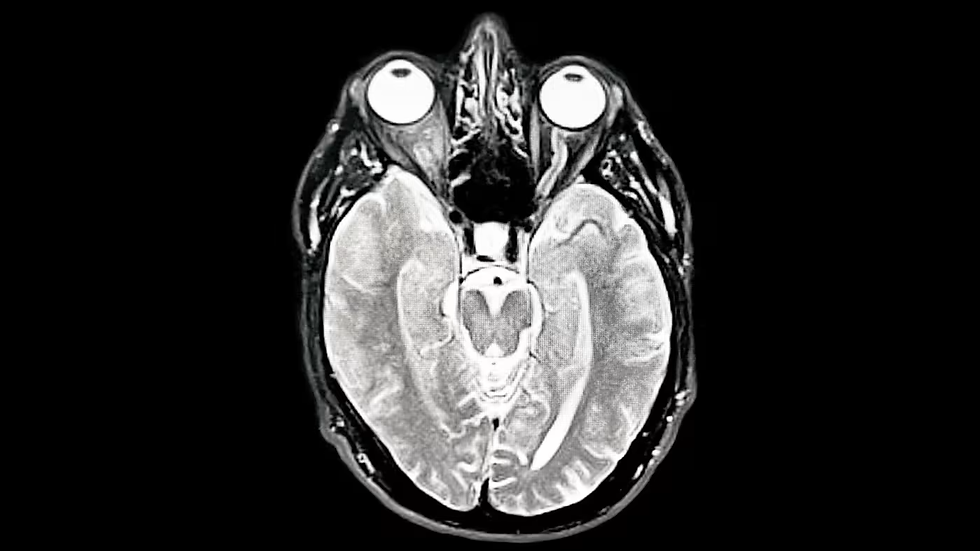🧠 AI Enhances Radiology: Key Developments
- Melissa Santañez
- Jun 6
- 2 min read
Artificial Intelligence (AI) is revolutionizing radiology, not by replacing radiologists, but by enhancing their capabilities, improving efficiency, and reducing diagnostic errors. Here's an in-depth look at how AI is transforming the field:
AI Revolutionizes Radiology: A first-of-its-kind generative AI system, developed in-house at Northwestern Medicine, is revolutionizing radiology by boosting productivity and enhancing diagnostic accuracy. This technology allows for quicker and more precise interpretations of medical images, leading to improved patient outcomes.
AI and Regenerative Medicine: The fusion of regenerative medicine and artificial intelligence (AI) technology is transforming the treatment of chronic orthopedic conditions, joint pain, and muscle injuries. These developments are paving the way for a new, safer, and more individualized form of care.
1. Generative AI Streamlines Reporting
At Northwestern Medicine, a multimodal generative AI model has been integrated into the radiology workflow. This system analyzes X-ray images and generates preliminary reports, which radiologists can then review and finalize. Since its implementation, radiologists have reported a 40% increase in efficiency, allowing them to focus more on complex cases and patient interactions.
2. Natural Language Processing (NLP) for Incidental Findings
Northwestern Medicine has also developed an AI tool using deep-learning NLP to identify incidental findings in radiology reports that may require follow-up. For example, if a lung nodule is noted during imaging for another condition, the AI system alerts the ordering physician to ensure timely follow-up. This approach has screened over 570,000 imaging studies, flagging more than 29,000 for potential follow-up, thereby reducing missed diagnoses and improving patient outcomes.
3. AI-Assisted Reporting Reduces Workload
A pilot study demonstrated that AI-generated draft reports could significantly reduce the time radiologists spend on reporting. Radiologists using AI-assisted drafts completed reports faster without compromising diagnostic accuracy, suggesting that AI can alleviate workload pressures and reduce burnout.
4. AI in Emergency Departments
In emergency settings, AI tools have been employed to interpret chest radiographs. A study found that AI-generated reports were comparable in quality and accuracy to those produced by radiologists, indicating that AI can assist in providing timely interpretations in high-pressure environments.
🔍 AI in Practice: Real-World Applications
Automated Follow-Up Alerts: AI systems integrated into electronic health records can automatically alert physicians about incidental findings that require follow-up, ensuring that critical information is not overlooked.
Enhanced Diagnostic Accuracy: AI tools assist in detecting conditions such as brain tumors, strokes, and breast cancer, helping prioritize urgent cases and improving diagnostic speed and accuracy.
Workflow Optimization: By handling routine tasks and preliminary analyses, AI allows radiologists to allocate more time to complex cases, research, and direct patient care.
⚖️ Balancing AI and Human Expertise
While AI offers significant benefits, it is not without limitations. AI tools can produce false positives and may miss subtle findings, underscoring the need for human oversight. Legal responsibility for diagnoses remains with the radiologist, and AI is viewed as a tool to augment, not replace, human expertise. source: Washington Post
🌐 Future Outlook
The integration of AI into radiology is poised to expand, with ongoing developments aimed at enhancing diagnostic capabilities, streamlining workflows, and improving patient outcomes. Collaborations between healthcare institutions and technology companies continue to drive innovation, ensuring that AI becomes an integral part of modern radiological practice.
sources: The Mirage, Newsroom, Silicon Angle, NEJM Catalyst










Comments